The heroines of heavy metal: how are female artists challenging genre norms within the music industry?
Music has been a fundamental form of human expression for thousands of years. We use it to tell stories to each other, to make sense of our emotions, and to articulate moments of cultural significance. Over the years, music has evolved and diversified into countless different genres, each of which conveys the cultural values of the musicians within it, as well as the people who consume it. At the University of Ottawa in Canada, Professor Lori Burns has been investigating how artists develop new ways of working within genres to express themselves freely and transform cultural conventions.
Talk like a popular music researcher
Disruptive divas — trail-blazing female musicians who have revolutionised the genres in which their music participates
Gatekeeping — using a position of power to control which artists are given opportunities
Genre — a category that is used to identify music based on its style, origins and cultural influences
Identity — the distinguishing features of an individual’s personality, ethnic and racial background, gender and sexual orientation and physical characteristics that they consider to be a fundamental part of who they are
Misogynistic — negatively prejudiced against women
Spectogram — a visual representation of sound frequencies
The desire to be seen, understood and accepted for who we are is a fundamental part of human nature. For many of us, expressing ourselves is not easy, especially if we have not yet found our own voice or others make it difficult for us to use it. The avenues through which we find self-expression are as unique and varied as we are, ranging from the art we create and the food we cook to the stories we tell and the conversations we have with strangers.
Music is a form of self-expression that resonates with a lot of us. Even if we do not play an instrument or write our own songs, listening to music can often help us understand those thoughts and feelings that we struggle to express or articulate ourselves. Through music, we can find expression for how we feel, who we are, and where we belong.
The beauty of music is that it helps us connect with our feelings and beliefs and, by extension, with other people who share the same feelings and beliefs. This sense of harmony and communion with fellow music fans helps to create tight-knit communities, where musicians and fans alike build a set of common values.
But what happens if these music communities exclude certain types of people and identities? “One of the challenges for popular music expression is that genres rely upon conventions that exclude some people from taking part,” explains Professor Lori Burns, a music analyst from the University of Ottawa’s School of Music. “Many genres of music are grounded in exclusionary practices in which a particular identity is dominant, which can leave people of different identities feeling unwelcome and unheard.” With her current focus on heavy metal music, Lori is investigating how musicians can break down genre-defining rules and find new ways of expressing themselves.
Why is music so powerful?
“Music has a tremendous cultural reach,” says Lori. “People can access music through many different channels – from radio stations, streaming platforms and social media to concert venues and festivals. With this level of accessibility, everyone can listen to music and focus on the styles and genres that most appeal to them.”
“The music itself – no matter what style and genre – arises from culture and expresses social values,” continues Lori. “It is important that members of society are able to make sense of the cultural and societal values that are being voiced through the music.” This is particularly important because music has the power to influence how we feel about and communicate our identity.
How are genre and identity intertwined?
The array of musical genres that we have today arose from the ways in which different cultural groups and individuals felt the need to express their experiences. For example, hip-hop originated in the South Bronx, a poverty-stricken district in New York City in the US. During the late 1970s, in an effort to escape the violence of a rampant gang culture, members of these largely African-American communities turned to music.
“Composers, performers and producers are human beings whose experiences and perspectives play a part in the musical stories they tell and how they tell them,” explains Lori. “To succeed in a genre, artists must find a balance between shaping their expression to respect the conventions of the genre they are contributing to, while also communicating something of their own identity.” This can make things difficult for artists who want to express themselves through a genre that does not conventionally align with their identity.
What is gatekeeping?
“The conventions that are associated with genres function like rules that are not always acceptable to break,” says Lori. “If a musical artist’s identity or manner of musical expression sits outside of these rules, that identity might not be understood or endorsed.” For example, Black female artists have often found it challenging to break into certain popular genres.
Some individuals in the music industry are in positions of power. For example, artists and repertoire (A&R) executives decide who gets signed to a music label, and booking agents choose which artists play on certain shows. Gatekeeping occurs when these people pick and choose who gets signed to their label or who plays their show based on an artist’s identity, rather than their music. This can further solidify the link between genre and identity, preventing musical genres from evolving.
How is the genre of heavy metal evolving?
Typically, heavy metal music has been seen as a predominantly white, male and heterosexual form of expression. “The messages within metal music often focus on male perspectives,” says Lori. “The images in album artwork, posters and music videos are sometimes misogynist in their depictions of women.”
For years, the majority of metal musicians have been men, and only a handful of women have been successful within the genre. “All of this is changing,” says Lori. “Now, there are women in all aspects of metal production and performance, although they remain a small percentage.” Lori has spent the last few years studying and analysing how the metal genre is being influenced by an influx of female musicians.
How are female artists breaking the mould of heavy metal?
In the past, female metal artists have been expected to squeeze themselves into the conventional styles and images of the genre. “However, there are ways to challenge these norms,” assures Lori. “There are spaces – sound spaces and visual spaces – that women do not typically occupy.” By going against the grain and entering these spaces, women can drive innovation within the metal genre.
Reference
https://doi.org/10.33424/FUTURUM451
“For instance,” continues Lori, “the harsh vocal space is becoming more available to female vocalists, but it can still surprise listeners to hear heavy metal singers Tatiana Shmayluk or Floor Jansen deliver vocals in a deep growling register.” As listeners, we become accustomed to hearing women perform in certain styles. When these expectations are challenged, the effects can be transformative.
“Cammie Gilbert is a brilliant vocalist and composer who does not adhere to a single set of genre conventions,” says Lori. “Based on her skills and expressive abilities, she is pushing contemporary metal music into new sounds, styles and messages.” For example, Gilbert’s band, Oceans of Slumber, released a cover of ‘Strange Fruit’, a song originally by Billie Holiday, a US jazz singer, in 1939. The song deals with issues around racism, a topic that has not typically been discussed within the metal genre.
How have pioneering female artists influenced music?
Lori has spent her career studying ground-breaking female artists, who she likes to call disruptive divas. “The disruptive divas I have studied over the past 30 years have all changed the sounds and images of the popular genres in which they have recorded their music,” she explains. “They have used their voices to tell new stories, develop new modes of expression, resist societal norms, pave the way for new understandings, speak out against injustice, and proclaim the urgent need for equity.”
What is next for Lori’s research?
Lori is currently writing a book about female-fronted metal music with her son, Patrick Armstrong. “This book is taking an innovative form and offers a new model for interpretive research on women artists,” Lori explains. “I would like to complete this project and then turn to the genre of punk rock, which is another important space for female voices.”
 Professor Lori Burns
Professor Lori Burns
School of Music, Faculty of Arts, University of Ottawa, Canada
Field of research: Popular music studies
Research project: Investigating how female vocalists are impacting the genre of heavy metal music
Funder: The Social Sciences and Humanities Research Council of Canada (SSHRC)
About popular music studies
Music has been an integral part of human culture for thousands of years. In fact, the earliest evidence of humans creating music comes from a 45,000-year-old bone flute that was found in a Slovenian cave. Since then, music has evolved into countless forms and genres, from religious chants and sea shanties to electronic synth-pop and hardcore drum and bass.
With such an immense range of styles to consider, the potential scope of musicological research is practically endless. Often, musicology is split into three categories; historical musicology, which considers the origins and evolution of music throughout history, systematic musicology, which includes technical aspects of music such as musical theory, and ethnomusicology, which explores how and why different cultures create music.
How does Lori conduct her research?
“I analyse song lyrics, music, video images and live performances. I begin with a thorough analysis of each individual element, and then I interpret the ways in which these layers intersect,” says Lori. Looking at these different layers – and how they relate to each other – enables her to explore the messages that are being expressed in popular music culture.
She also uses visualisation tools to interpret the sonic features of recorded music. “A spectrogram analysis of a recorded track reveals how the pitch frequencies (notes in different registers), timbres (sound qualities), and dynamics (levels of intensity) are articulated in and through the musical gestures,” explains Lori. “A spectrogram allows me to ‘see’ the music in real time.”
What is rewarding about being a musicologist?
Lori is constantly collaborating with students and other scholars. For example, she is currently editing several books that include chapters written by other people. “This activity alone puts me into scholarly discussion with over 100 researchers from around the world,” says Lori. As well as working with other scholars, Lori spends a lot of time on her own research, analysing and interpreting songs, videos and artists. “I continue to be grateful for this creative and instructive vocation,” she says. “It is rewarding to witness how the field of music continues to evolve over the years.”
What research topics will be available to the next generation of musicologists?
Aspects of identity such as gender, sexuality and race are constantly being discussed in our society. Music is one vehicle through which we can have these conversations. Musicologists will spend a lot of time tracking how these conversations are expressed through music and the influence that music has on how society views identity.
“With new forms of media and communications becoming available,” says Lori, “it is easier both to create innovative and reflective materials to share with the world and to have access to these new perspectives.” Researchers may study how these new platforms extend the influence that music has in conversations about identity.
Pathway from school to popular music studies
• Studying music is not just about learning how to play an instrument; music students also learn about music theory, the history of music, and the context of music in society and culture.
• Lori encourages students to cast a wide net and listen to a range of music: “Try not to study only what you like, but rather expose yourself to music of all varieties.”
• “Once in the process of studying a particular music,” says Lori, “learn the language that is used in relation to that music so that you know how to speak about it and participate in a solidly grounded critical interpretation.”
• See a range of live music events, from open mic nights to local gigs, to orchestral concerts. This can be a great way to find new music and get chatting to people who share your interests.
Explore careers in popular music studies
• Whatever area of music study you are interested in, there will be global, national and local societies that publish journals, host events and build research opportunities and communities. Some examples include the Society for Musical Analysis, the British Association for Music Therapy, and the International Musicological Society.
• Find some music magazines or publications that interest you and read their reviews. This can be a good way to start understanding how to think about music critically. Try Pitchfork Magazine, Gramophone, or Songlines for a range of different genres.
Meet Lori
In my Bachelor of Music undergraduate degree, I had many professors who encouraged and mentored me to pursue a passion for musical knowledge.
Through my own listening and watching practices, I am sometimes exposed to a musical work or genre that compels me to inquire further. It might be the message of the song, a particular form of representation, a performative issue, or a set of narrative materials attached to the song/video/album/concert. Sometimes, the choice to work on a particular example results from collaboration; for instance, when a student or colleague raises a question about a song or video that leads to a mutual decision to pursue the work together.
I usually listen to the music I am currently studying, as well as related music that reflects a similar genre or style. As a result, my listening emphasis changes in keeping with my work. I do enjoy music in my free time. Usually, I discover something that I want to listen to repeatedly. I have never lost my love for listening and responding to the driving patterns and emotional expression of music.
Researchers confront obstacles all of the time, whether they are analytic and critical concerns, difficulties with a challenging assessment of our work, or debates within the scholarly discourse. I always solve problems through consultation and collaboration. The first thing I do is reach out to a colleague and explore the problem.
I am proud of the body of work that I have developed over a sustained career dedicated to the subject of gendered subjectivity in popular music. I am especially proud of the relationships I have formed with students and scholars along the way. My long-standing collaborations with Marc Lafrance (Concordia University), Jada Watson (University of Ottawa) and Alyssa Woods (University of Guelph) have been intellectually stimulating, productive and rewarding.
Most recently, I have been focusing on collected editions of essays which, although very demanding work, is something that I am very proud of. These volumes reflect the themes and critical issues that have been most important to my career, and they are all the result of collaboration and mentoring. These collections explore the topics of intertextuality in popular music recordings (co-edited with Serge Lacasse), popular music video (with Stan Hawkins), analysing recorded music (with William Moylan and Mike Alleyne), the compositional structures of metal music (with Ciro Scotto), progressive rock/metal and the literary imagination (with Chris Anderton), and vivid cover versions (with Mike Alleyne).
My aims for the future are to continue to work with diverse students and scholars and to facilitate critical understanding of music that is culturally significant and transformational.
Do you have a question for Lori?
Write it in the comments box below and Lori will get back to you. (Remember, researchers are very busy people, so you may have to wait a few days.)
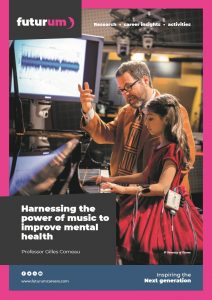
Learn how music can improve mental health and well-being:
www.futurumcareers.com/harnessing-the-power-of-music-to-improve-mental-health


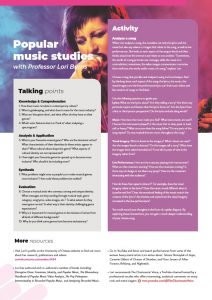
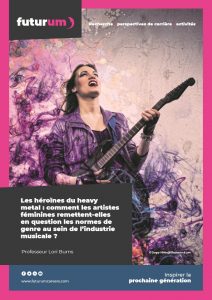
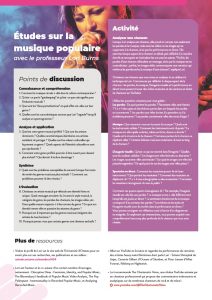

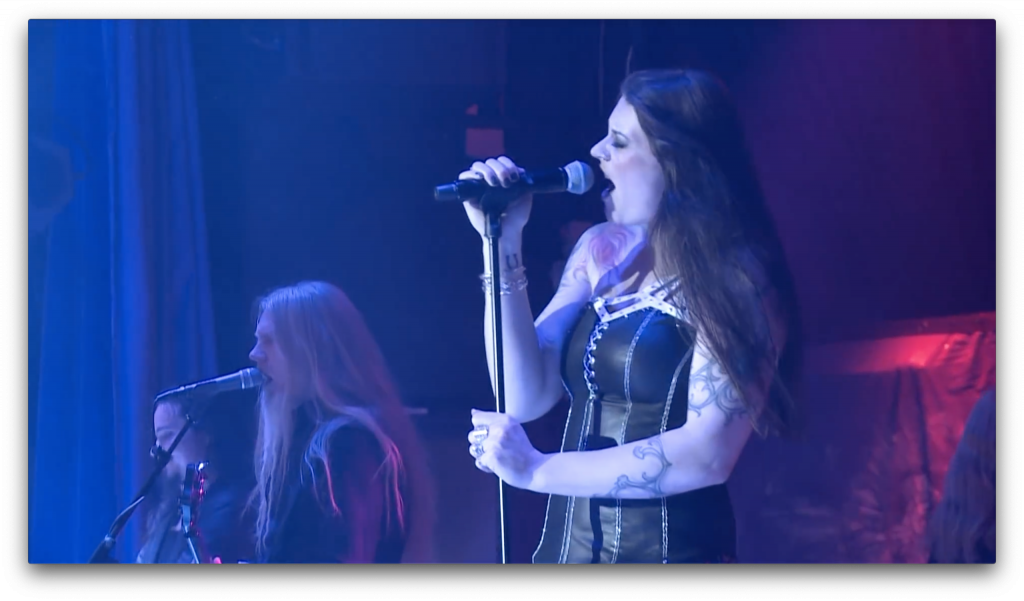

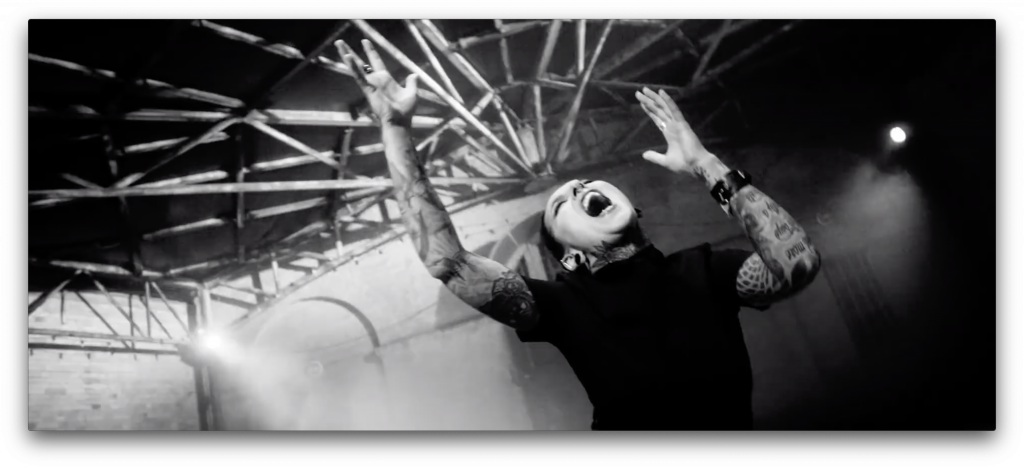
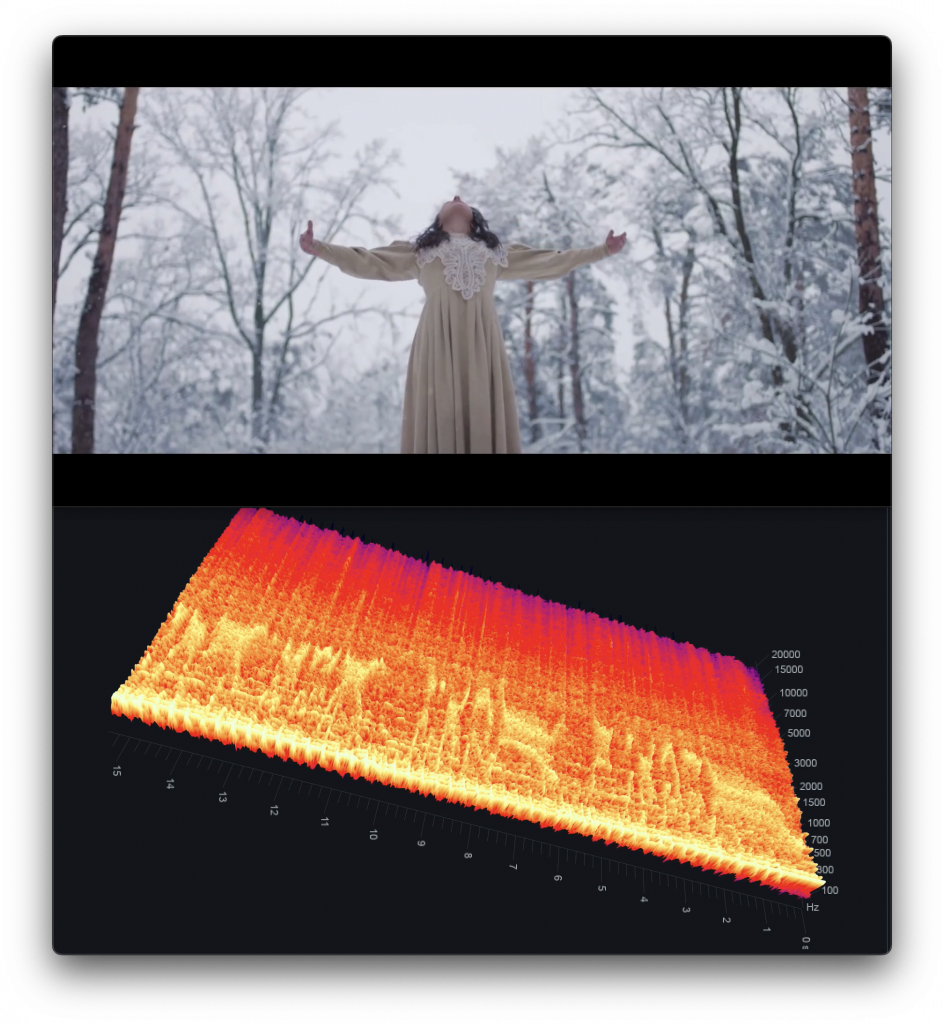

0 Comments